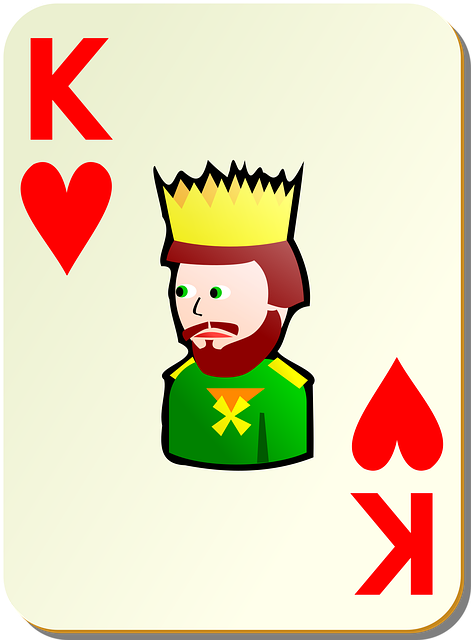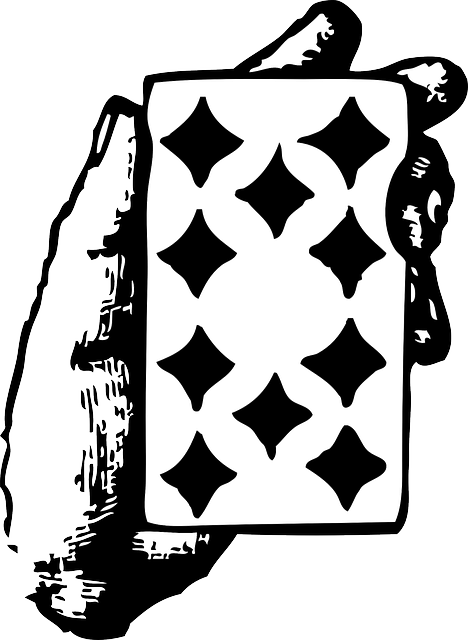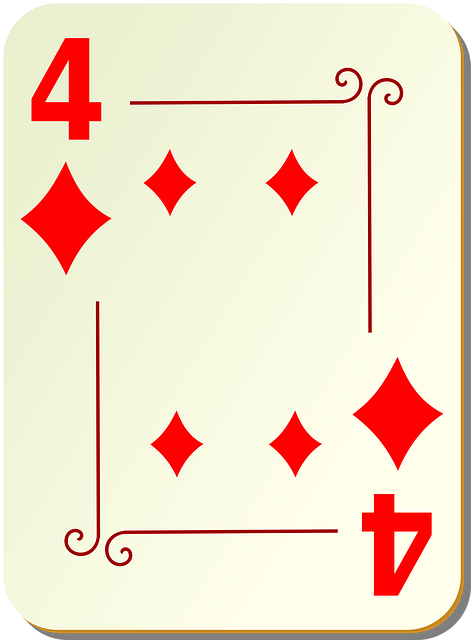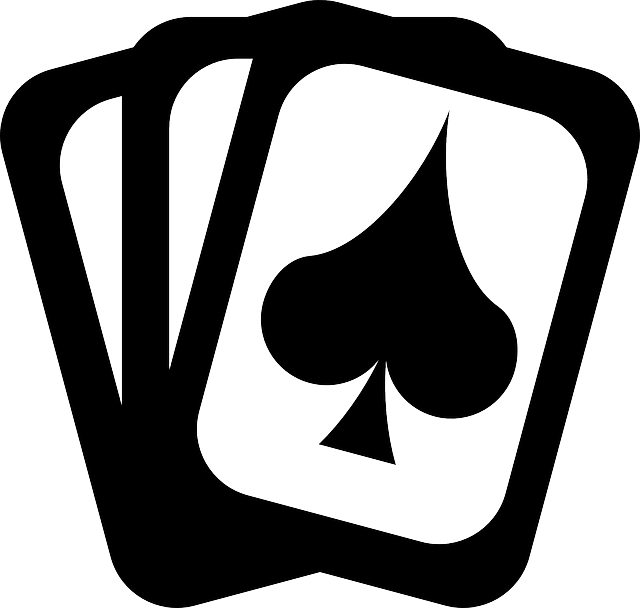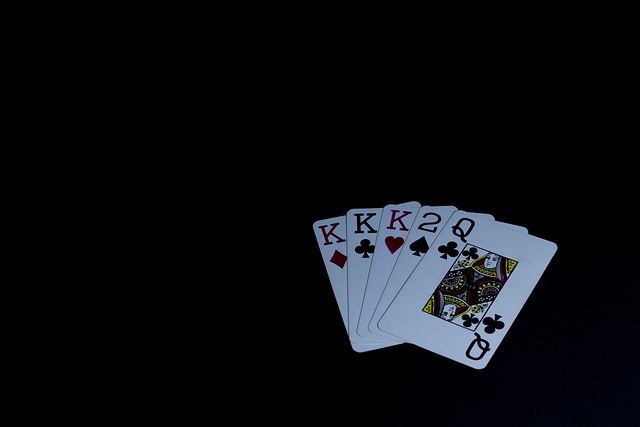Poker Tournaments are structured with distinct phases, from early rounds' blind betting to final tables, each crucial for competition. Scheduling involves setting optimal dates, considering player availability worldwide, and varying tournament durations. Success requires balancing engagement and efficiency through strategic blind levels, diverse formats, and well-structured breaks, ensuring fairness and player satisfaction.
“Unleash your inner poker player with a comprehensive guide to organizing captivating Poker Tournaments. From understanding the dynamic Poker Tournament Phases to crafting intricate Event Structures, this article is your roadmap. Learn the art of setting dates, times, and formats that engage players and create memorable experiences. Discover how to structure tournaments that cater to all levels, ensuring every player has a chance to strategize, compete, and celebrate. Get ready to transform your poker nights into exciting, well-organized events.”
- Understanding Poker Tournament Phases
- Setting Dates and Time for Tournaments
- Creating Event Structure and Format
Understanding Poker Tournament Phases
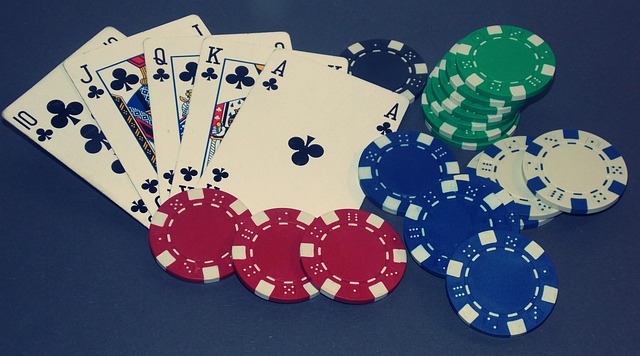
Poker tournaments are structured events that typically progress through distinct phases, each with its own unique characteristics. The initial stages often involve a large number of players who compete in ‘blind’ rounds, where they must bet a set amount without seeing their cards. This phase is crucial for building tournament momentum and establishing the field. As the tournament progresses, the player pool reduces, leading to more intense gameplay as players fight for a share of the prize pool.
Later stages, commonly referred to as ‘final tables’, feature a smaller group of remaining players who engage in more strategic and nuanced play. Each round becomes increasingly significant as blind levels rise, forcing players to make carefully calculated moves. Understanding these phases is essential for any participant aiming to navigate the Poker Tournament schedule successfully and ultimately emerge as the champion.
Setting Dates and Time for Tournaments
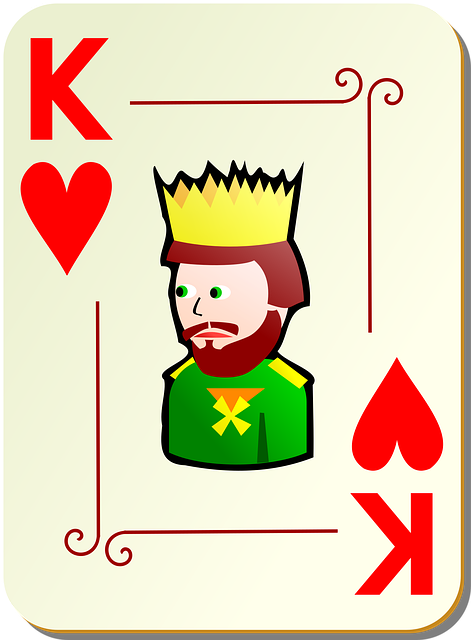
When organizing a poker tournament schedule, setting dates and times is a crucial step. It’s essential to consider player availability, especially if targeting a local community or specific demographics. Most Poker Tournaments tend to be held on weekends or in the evenings during weekdays, when people are more likely to be free from work or other commitments. However, for larger events or those attracting international players, organizers might need to adjust to accommodate different time zones and ensure accessibility worldwide.
The duration of each tournament session should also be planned carefully. Short, one-day events are ideal for beginners or smaller fields, while multi-day championships cater to more intense competition and dedicated players. This flexibility in scheduling allows for a diverse range of Poker Tournaments, ensuring there’s something for everyone, from casual enthusiasts to seasoned professionals.
Creating Event Structure and Format

When structuring a poker tournament schedule, organizers must carefully consider the event’s format and flow. The key is to create an engaging experience for players while ensuring smooth operations. Typically, tournaments start with a series of blind levels, increasing at regular intervals, to maintain a steady pace. Each level should be designed to challenge players without overwhelming them, encouraging strategic decision-making and adapting their play.
The format can vary from traditional sit-and-go events to more complex structures like re-entry or multi-day tournaments. Incorporating breaks between levels and rounds is essential for player comfort and concentration. Well-structured side events and prize pools can also enhance the overall experience, attracting a diverse range of participants. A thoughtfully designed schedule promises an exciting and fair Poker Tournament, leaving players satisfied and eager to return for more.
Planning a successful poker tournament requires a well-structured approach, from understanding the game’s various phases to setting optimal dates and creating engaging event formats. By following these key strategies, you can organize captivating Poker Tournaments that attract participants and create lasting memories. Remember, the right schedule and format are essential to ensuring your tournaments become a highlight in the local poker scene.
